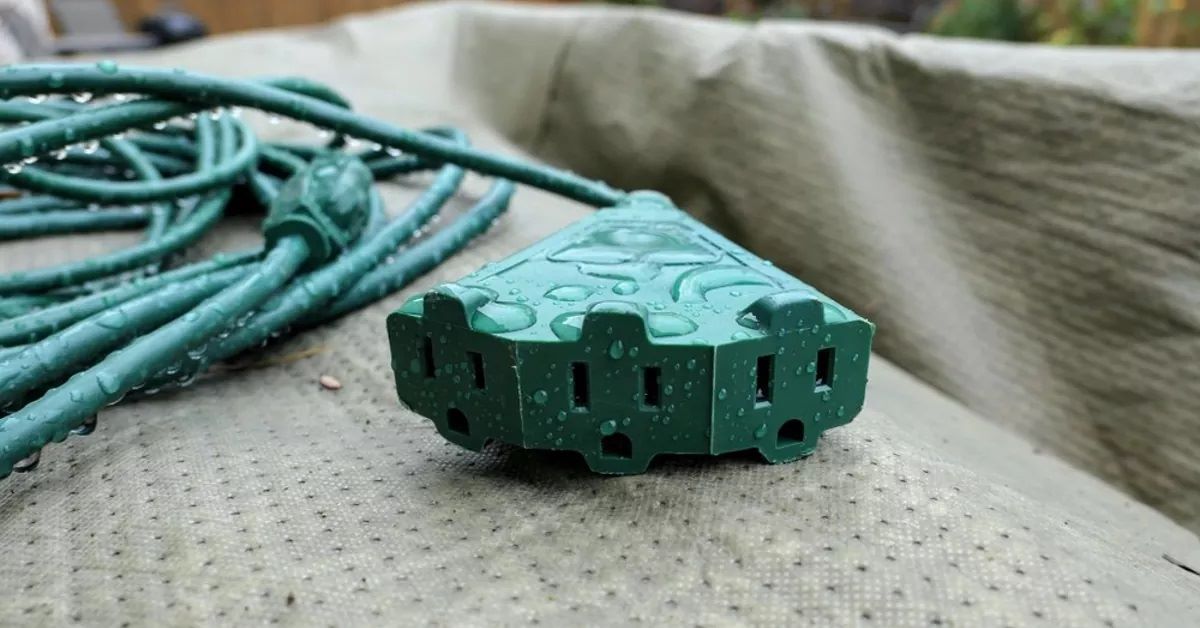

Articles
What To Do If An Electrical Cord Gets Wet
Modified: March 1, 2024
Learn what you should do if an electrical cord gets wet. Discover helpful articles and tips to ensure your safety and prevent accidents.
(Many of the links in this article redirect to a specific reviewed product. Your purchase of these products through affiliate links helps to generate commission for Storables.com, at no extra cost. Learn more)
Introduction
Electrical cords are an essential part of our everyday lives, powering our electronic devices and appliances. However, accidents can happen, and when an electrical cord gets wet, it can pose a serious threat to our safety. Water and electricity do not mix, and using a wet electrical cord can lead to electric shock or even fires.
In this article, we will explore the dangers of using a wet electrical cord and provide a step-by-step guide on what to do if you find yourself in this situation. By following these guidelines, you can ensure your safety and prevent any potential electrical hazards.
Key Takeaways:
- Safety first: Unplug wet electrical cords immediately to prevent electric shock. Assess, dry, and test the cord before use. Replace or repair if necessary to ensure safety and prevent potential hazards.
- Prioritize safety: Never use wet electrical cords. Thoroughly dry and test them before use. Replace or repair damaged cords to prevent electric shock, short circuits, and fires.
Read more: What To Do If Extension Cord Gets Wet
Why is it dangerous to use a wet electrical cord?
Using a wet electrical cord can be extremely hazardous due to the combination of water and electricity. Here are some reasons why it is dangerous:
- Risk of electric shock: Water is an excellent conductor of electricity. When a cord is wet, the water acts as a pathway for the electric current, increasing the risk of electric shock. Even a small amount of moisture on the cord can lead to a potentially life-threatening situation.
- Potential for short circuits: When water comes into contact with the exposed wires or connectors of a cord, it can cause a short circuit. A short circuit occurs when the electrical current takes an unintended path due to a low-resistance connection. This can lead to a surge of electricity and result in a fire or damage to the electrical system.
- Increase in electrical resistance: Water has a higher resistance to electrical flow compared to the materials typically used in electrical cords. As a result, the presence of moisture on the cord can increase the overall resistance in the circuit. This can lead to overheating of the cord, melting of insulation, and potentially causing a fire.
- Risk of electrocution: If you touch a wet cord while standing on a wet surface or if you have wet hands, the risk of electrocution significantly increases. Wet conditions can reduce the body’s resistance to electrical current, making it easier for the current to pass through and cause harm.
Given these dangers, it is crucial to prioritize safety and take immediate action when a cord gets wet. Ignoring the risks can have severe consequences, not only for your well-being but also for the safety of those around you.
Step 1: Unplug the cord
The first and most important step when dealing with a wet electrical cord is to immediately unplug it from the power source. This will ensure that no electricity is flowing through the cord while you assess the damage and take necessary steps to dry it.
Unplugging the cord eliminates the risk of electric shock and prevents any further damage to the electrical system. Remember, never touch a wet cord while it is still connected to the power source, as this puts you at great risk of electrocution.
If you are unable to safely unplug the cord, such as in situations where the outlet is wet, turn off the circuit breaker or fuse connected to the circuit before attempting to disconnect the cord. Safety should always be the top priority when dealing with electricity.
Once the cord is safely unplugged, proceed to the next step to assess the extent of the damage and determine the appropriate course of action.
Step 2: Assess the damage
After unplugging the wet electrical cord, it’s important to assess the extent of the damage. This step will help you determine whether the cord needs to be replaced or if it can be salvaged through proper drying and repair.
Start by carefully examining the cord for any visible signs of damage, such as fraying or exposed wires. Look for any discoloration or melted areas, as these indicate potential heat damage. Take note of any connectors or plugs that may have been submerged in water.
If the damage appears severe, or if you are unsure about the safety of the cord, it is best to err on the side of caution and replace it. Using a damaged electrical cord can pose serious risks and is not worth taking chances with your safety.
However, if the damage seems minimal, you can proceed to the next step and attempt to dry the cord before deciding whether it can be safely used or if it requires further repair.
Remember, electrical cords are not designed to withstand prolonged exposure to water. It is always better to be safe than sorry when it comes to handling electrical equipment.
Step 3: Dry the cord
Once you have assessed the damage and determined that the cord can be salvaged, the next step is to thoroughly dry it. Proper drying is essential to remove any moisture that may have seeped into the cord and minimize the risk of electrical hazards.
Here are some steps to effectively dry the cord:
- Disconnect any attachments: If there are any attachments, such as power adapters or extension cords, remove them from the wet cord. This will allow for better airflow during the drying process.
- Use a dry cloth: Gently wipe the cord with a dry cloth to remove any surface moisture. Pay close attention to the connectors and plugs, as these areas tend to accumulate more moisture.
- Air drying: Find a well-ventilated area and hang the cord up to air dry. Ensure that it is in a position where water can drip off. Avoid using any heat sources such as hairdryers or heaters, as they can potentially damage the cord or cause excessive drying.
- Allow sufficient time: Depending on the extent of moisture in the cord and the surrounding environment, it may take several hours or even a day for the cord to fully dry. Patience is key, as rushing the drying process can lead to ineffective results.
During the drying process, it’s crucial to monitor the cord closely for any signs of further damage, such as overheating or unusual odors. If you notice any alarming signs, stop the drying process immediately and consider replacing the cord.
Remember, safety should always be the top priority when dealing with electrical equipment. Take the time to ensure that the cord is thoroughly dried before moving on to the next steps.
Do not touch the wet cord or plug it in. Unplug the cord if it is safe to do so. Let it dry completely before using it again. If in doubt, consult a professional electrician.
Read more: What Happens If An Electric Motor Gets Wet
Step 4: Use a moisture-absorbing substance
After the cord has been air-dried, it’s beneficial to take an additional step to remove any residual moisture. Using a moisture-absorbing substance can help accelerate the drying process and ensure that the cord is completely free from moisture.
Here are a few moisture-absorbing substances and techniques you can try:
- Rice: Silica gel packs are often recommended for drying out electronic devices, but if they are not readily available, rice can be a useful alternative. Fill a container or bag with uncooked rice and bury the cord in it, ensuring that the cord is completely covered. Leave it for at least 24 hours to allow the rice to absorb the moisture.
- Desiccants: If you have access to desiccants like silica gel packs or calcium chloride packets, place them in a sealable bag along with the cord. The desiccants will absorb the moisture, speeding up the drying process.
- Dehumidifier: If you have a dehumidifier at home, place the cord near it to take advantage of the dehumidifying capabilities. This can help remove moisture from the surrounding air and aid in the drying process.
When using any moisture-absorbing substance, ensure that the cord is not in direct contact with it. You can wrap the cord in a clean cloth or place it in a plastic bag before burying it in the substance to prevent any particles from entering the cord or causing further damage.
Remember, the goal is to remove as much moisture as possible to prevent electrical hazards. Once you have completed this step, proceed to the next step to test the cord before using it again.
Step 5: Test the cord before use
After the cord has been thoroughly dried and any residual moisture has been removed, it’s essential to test it before plugging it back into the power source. Testing the cord will help ensure that it is in good working condition and does not pose any safety risks.
Here are the steps to test the cord:
- Visually inspect the cord: Examine the entire length of the cord for any signs of damage that may have been missed during the assessment. Look for frayed wires, exposed insulation, or any other visible issues. If you notice any damage, it is best to replace the cord rather than risk using it.
- Check the plugs and connectors: Inspect the plugs and connectors for any signs of corrosion, bent prongs, or loose connections. Ensure that they are clean and in good condition.
- Plug into a test device: Plug the cord into a test device, such as a lamp or a small appliance, that you know is in good working condition. Turn on the device to see if the cord functions properly without any issues.
- Observe for any abnormalities: While the device is running, keep an eye out for any unusual behavior, such as flickering lights, burning smells, or sparks. These are red flags that indicate the cord may still be damaged and should not be used.
If the cord passes the visual inspection, functions properly when plugged into a test device, and shows no signs of abnormalities, it can be considered safe to use again. However, it’s important to continue monitoring the cord during use and discontinue its use if any issues arise.
Remember, safety should always be the top priority when dealing with electricity. Vigilance is key to ensuring that the cord remains in good working condition and doesn’t pose a risk to you or your devices.
Step 6: Replace or repair if necessary
After following the previous steps, if you find that the cord is still damaged or malfunctions during the testing process, it is crucial to take prompt action. Continuing to use a faulty cord can lead to further damage and pose significant safety hazards.
Depending on the severity of the damage, you can consider either replacing or repairing the cord.
Replace: If the cord exhibits extensive damage, such as frayed wires, exposed insulation, or loose connections, it is recommended to replace it. Using a damaged cord increases the risk of electrical shocks, fires, and other accidents. Invest in a new cord that meets the necessary safety standards to ensure maximum safety.
Repair: If the damage is minor and the cord is still salvageable, you can opt to repair it. However, it is important to have proper knowledge and expertise in electrical repairs. Engage the services of a qualified electrician if you are not familiar with handling electrical repairs.
If you choose to repair the cord yourself, follow these guidelines:
- Disconnect the cord: Ensure that the cord is unplugged from the power source before attempting any repairs.
- Trim frayed wires: Use wire cutters to carefully trim any frayed or damaged wires. Make clean cuts, removing the damaged portion without cutting too close to the plug or connector.
- Strip insulation: Use wire strippers to carefully remove the outer insulation of the cord, exposing the inner wires. Be cautious not to damage the wires during this process.
- Reconnect the wires: With the guidance of a wiring diagram or color-coding, reconnect the wires by twisting them together securely. Use wire connectors or electrical tape to insulate the connections.
- Test the repaired cord: After you have completed the repairs, follow the testing steps mentioned in Step 5 to ensure that the cord is functioning properly.
However, it is important to note that not all cords are designed to be repaired. Some cords have molded plugs or other components that cannot be easily repaired. In such cases, it is best to replace the cord rather than attempting any repairs.
Overall, the decision to replace or repair the cord depends on the extent of the damage and your comfort level with electrical repairs. Prioritizing safety is crucial, and if you have any doubts or concerns, it is always advisable to consult a professional electrician.
Conclusion
Dealing with a wet electrical cord can be a dangerous situation if not handled properly. It poses the risk of electric shock, short circuits, increased electrical resistance, and even potential electrocution. It is essential to prioritize safety and take immediate action when faced with a wet cord.
In this article, we have provided a comprehensive guide on what to do if an electrical cord gets wet. By following the step-by-step process, you can minimize the risks and ensure your safety:
- Unplug the cord: Always start by unplugging the cord from the power source to prevent electric shock.
- Assess the damage: Thoroughly inspect the cord to determine the extent of the damage and decide whether repair or replacement is necessary.
- Dry the cord: Air dry the cord in a well-ventilated area to remove any moisture and ensure it is completely dry.
- Use a moisture-absorbing substance: Utilize substances like rice or desiccants to speed up the drying process by absorbing any residual moisture.
- Test the cord before use: Plug the cord into a test device and observe for any abnormalities to ensure it is functioning correctly.
- Replace or repair if necessary: Depending on the extent of the damage, consider replacing the cord for severe damage or repairing it for minor issues, seeking professional help if needed.
Remember, safety is paramount when dealing with electricity. It is always better to err on the side of caution and replace a damaged cord rather than risk potential hazards. Regularly inspect your cords for any signs of wear, and use them in a safe and appropriate manner to prevent accidents.
By following these guidelines, you can maintain a safe environment and enjoy the convenience of using electrical devices without compromising your well-being. Don’t take risks with wet cords—take action to ensure your safety and the safety of those around you.
Frequently Asked Questions about What To Do If An Electrical Cord Gets Wet
Was this page helpful?
At Storables.com, we guarantee accurate and reliable information. Our content, validated by Expert Board Contributors, is crafted following stringent Editorial Policies. We're committed to providing you with well-researched, expert-backed insights for all your informational needs.
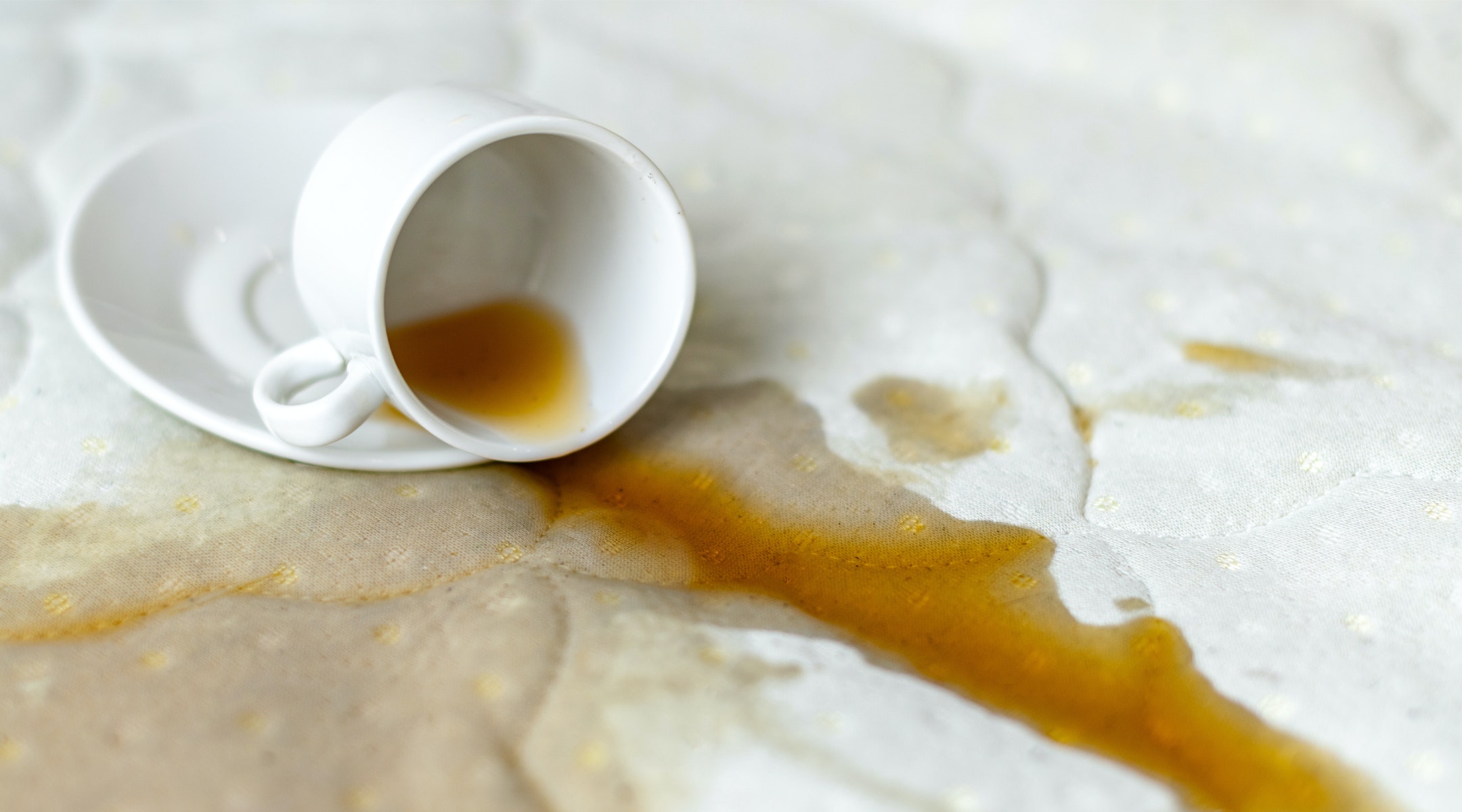
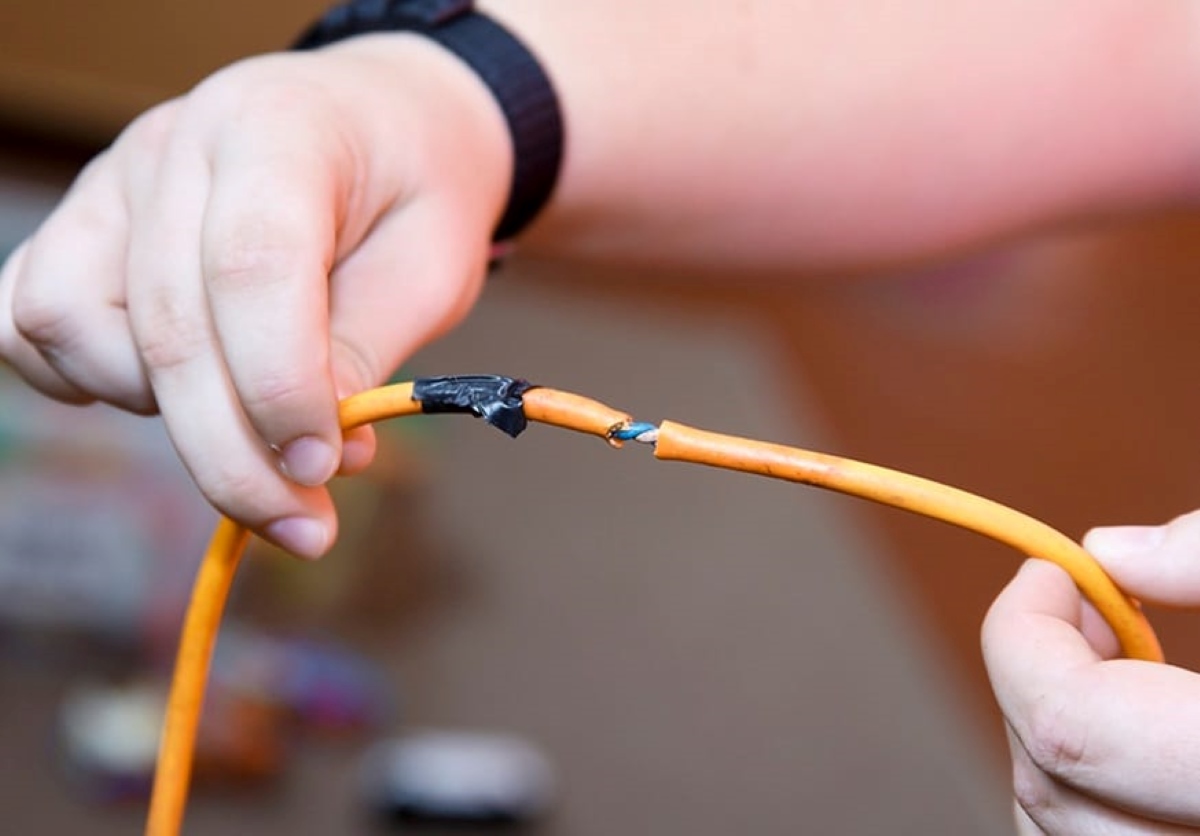
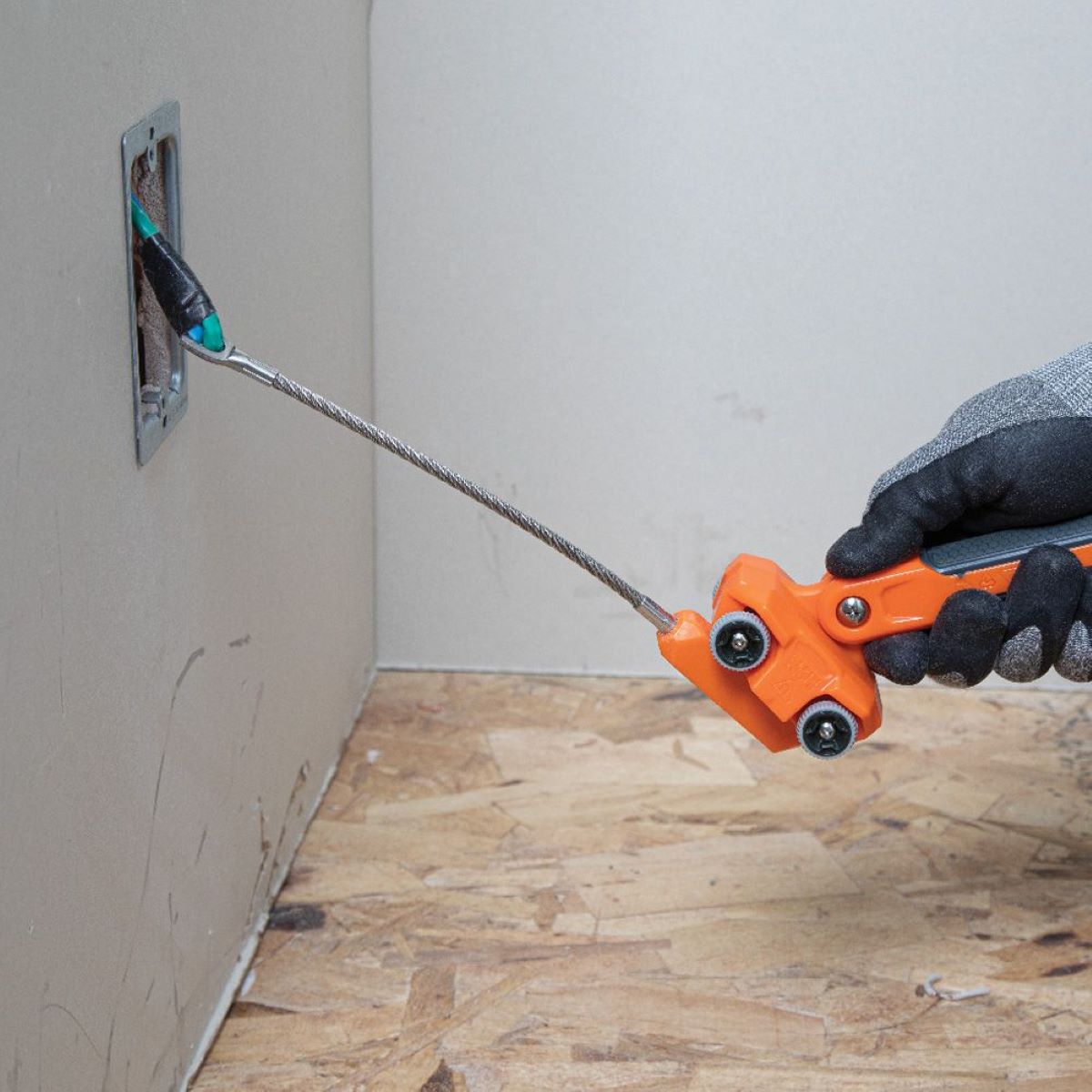
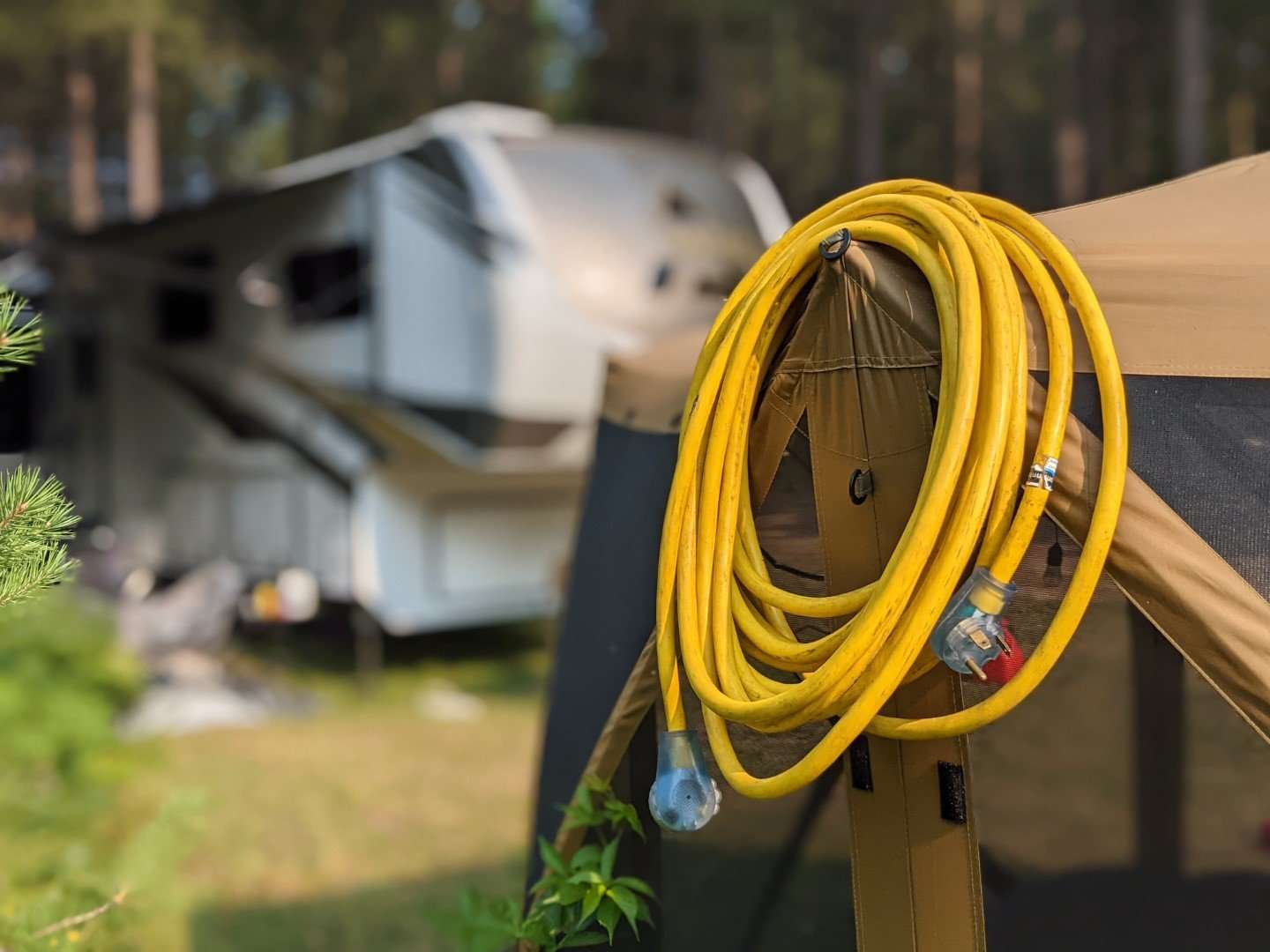
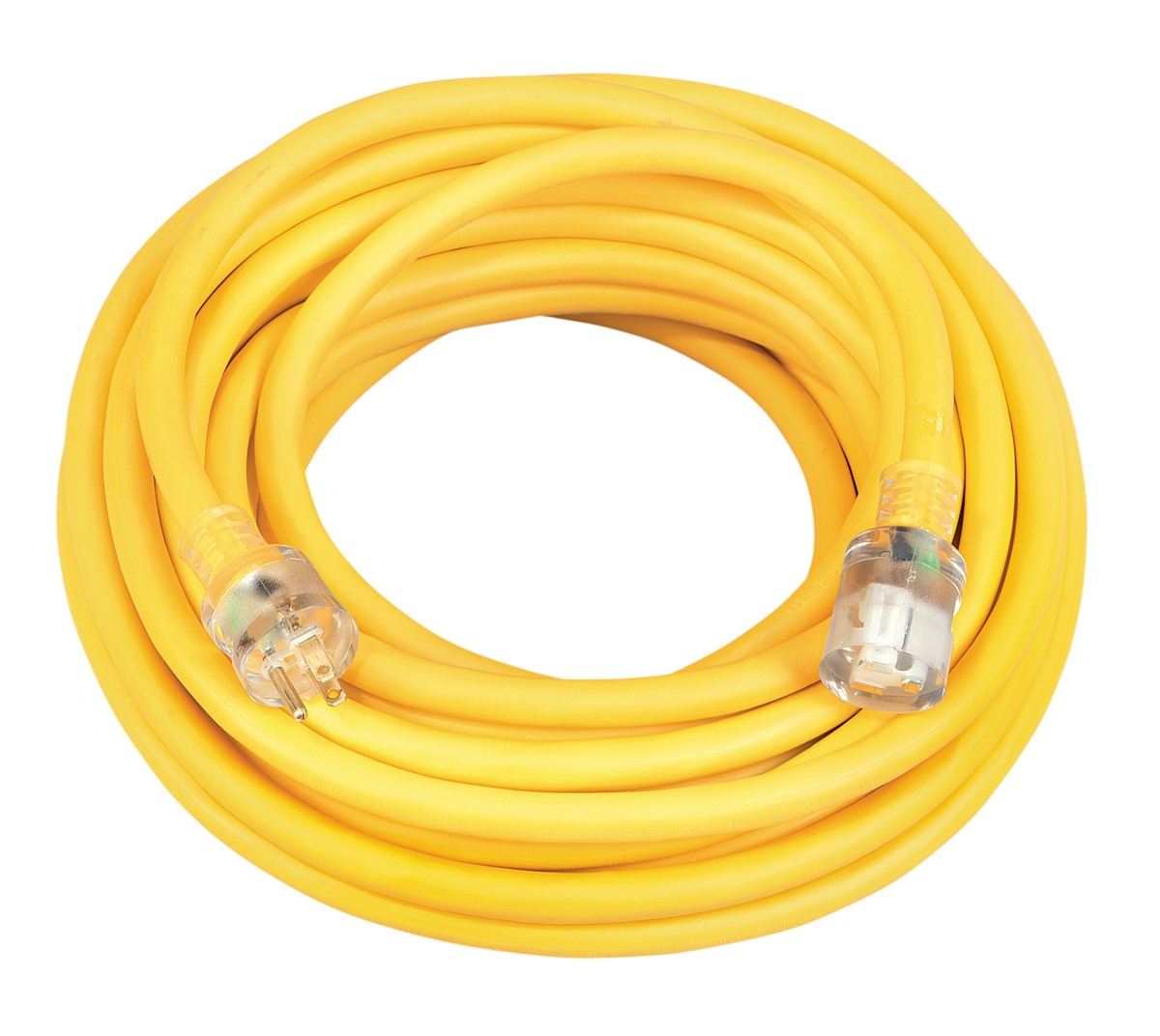
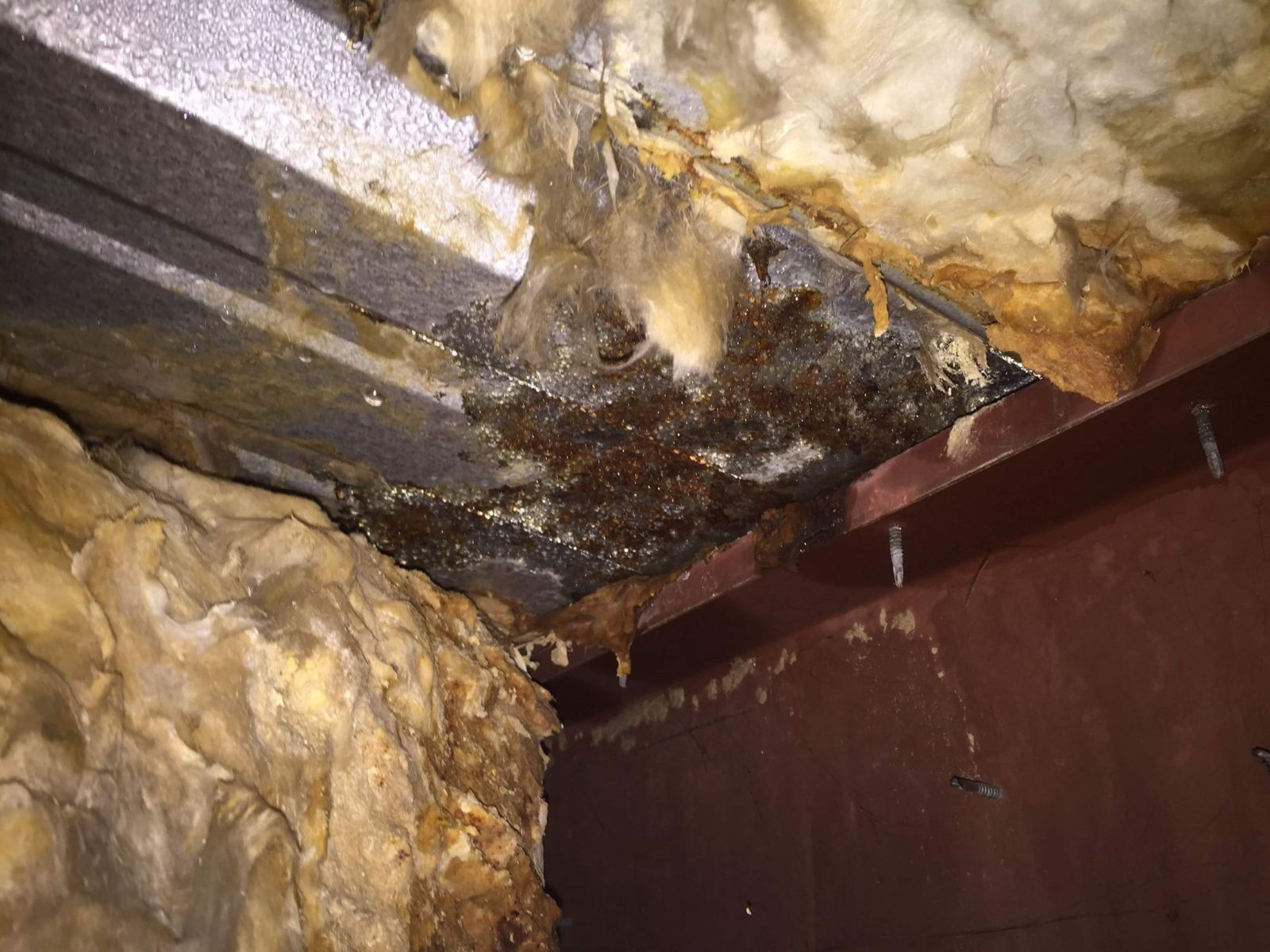
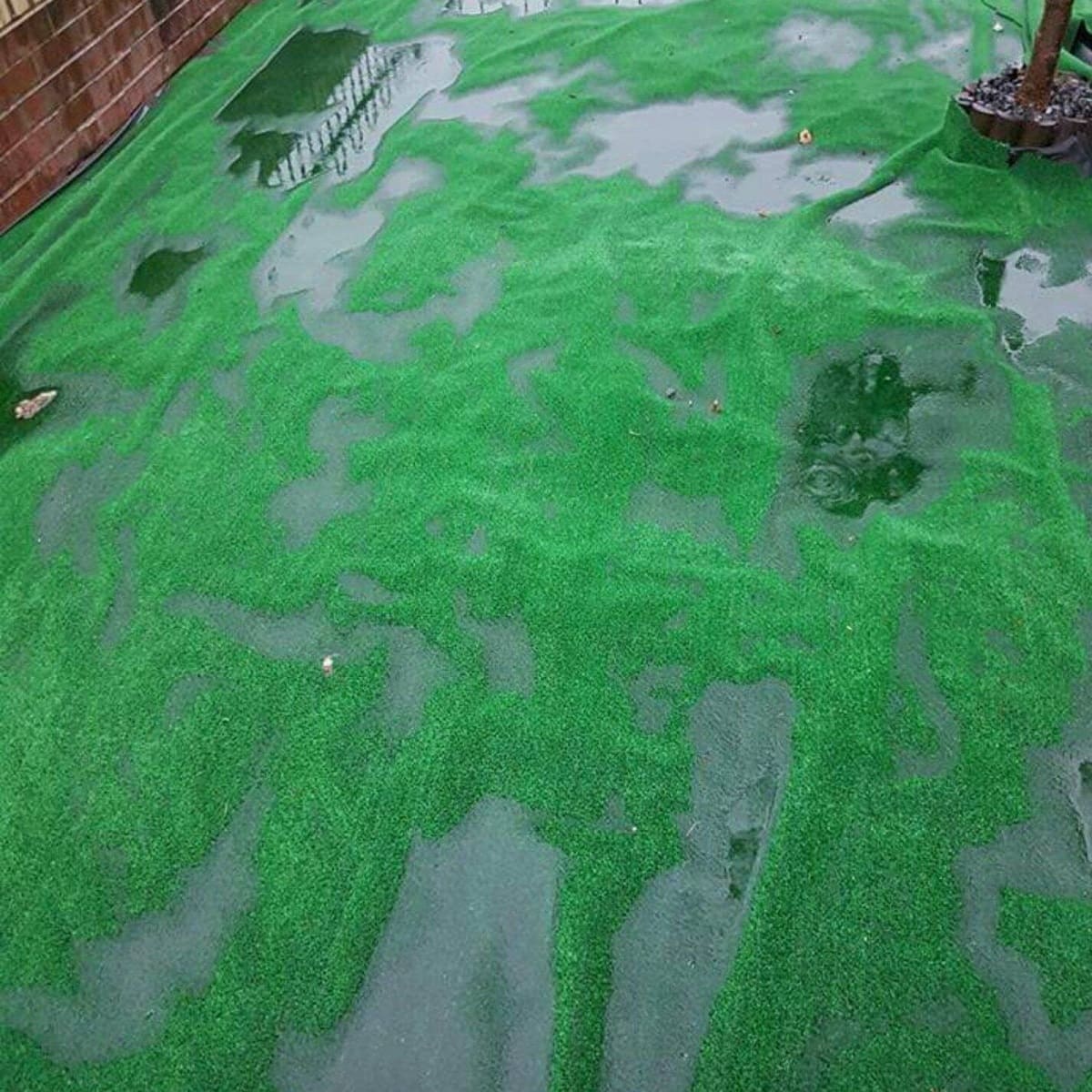
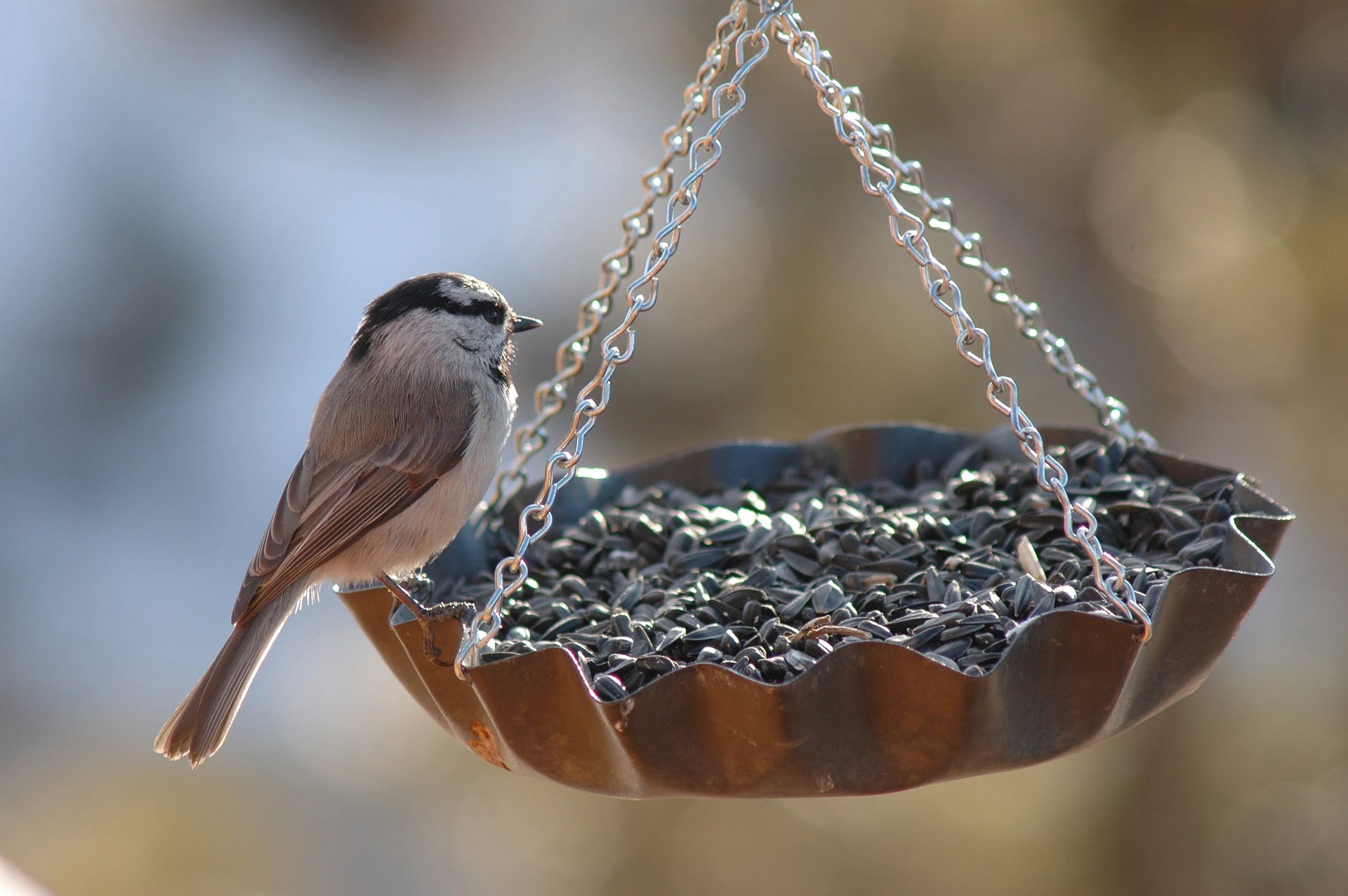
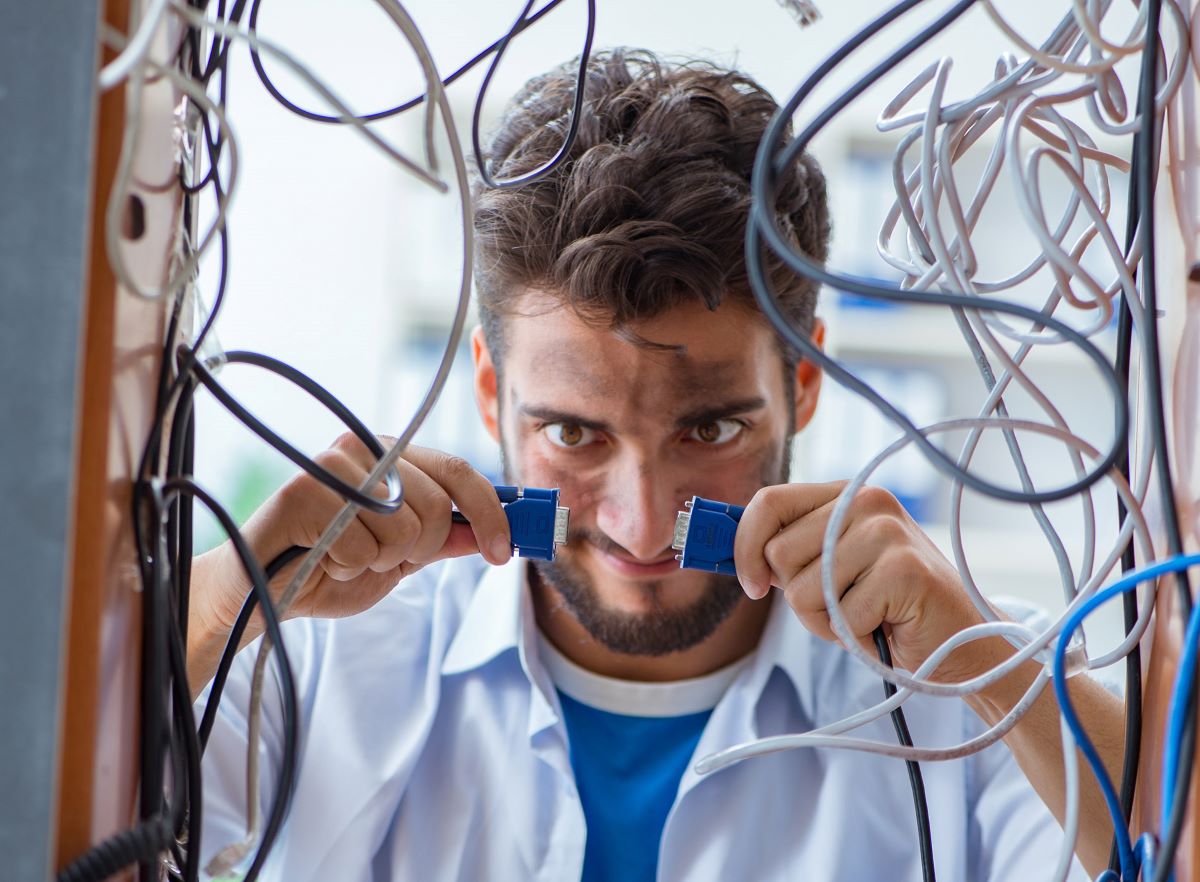
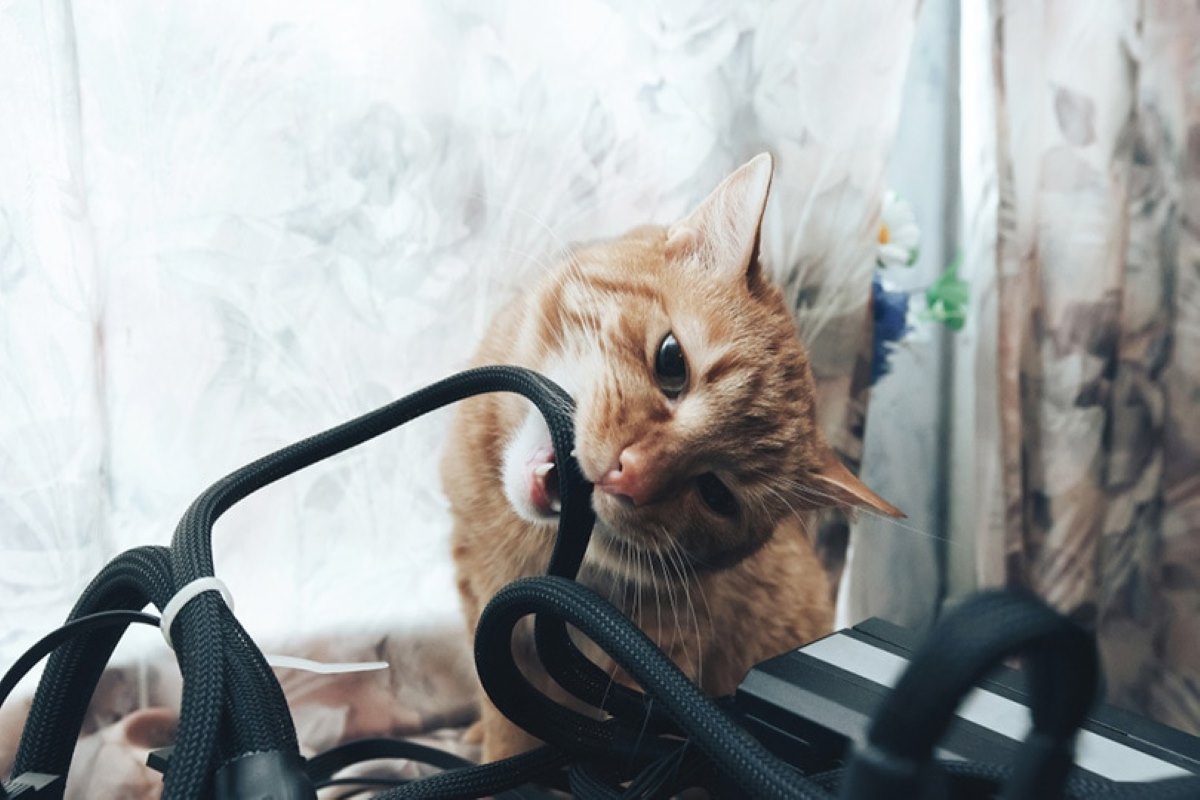
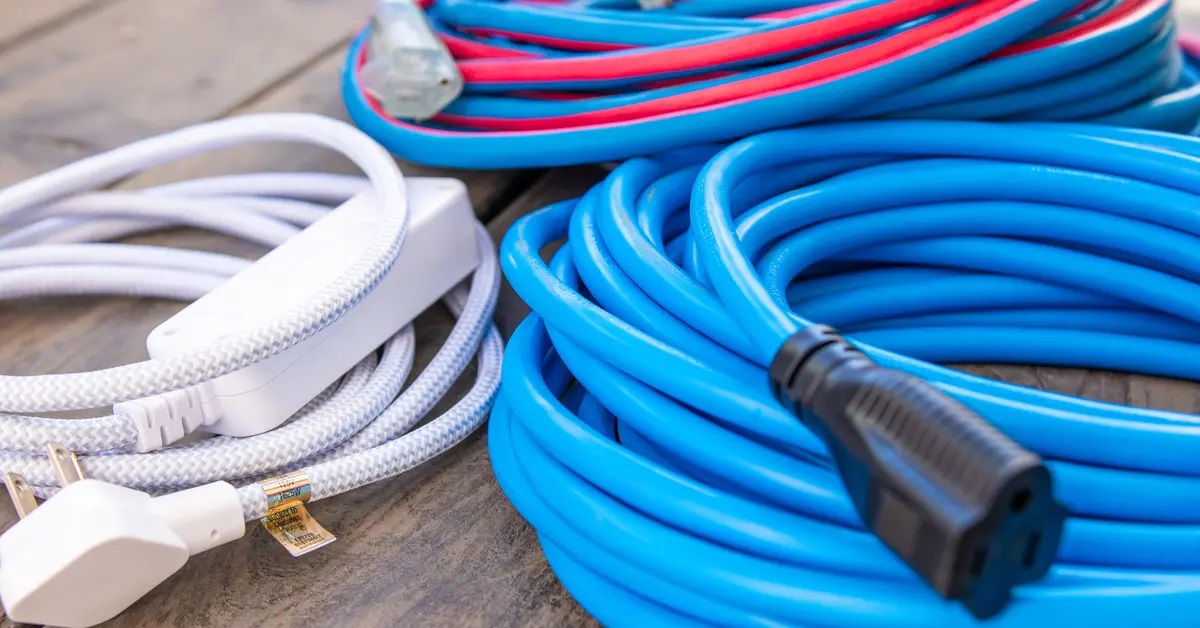
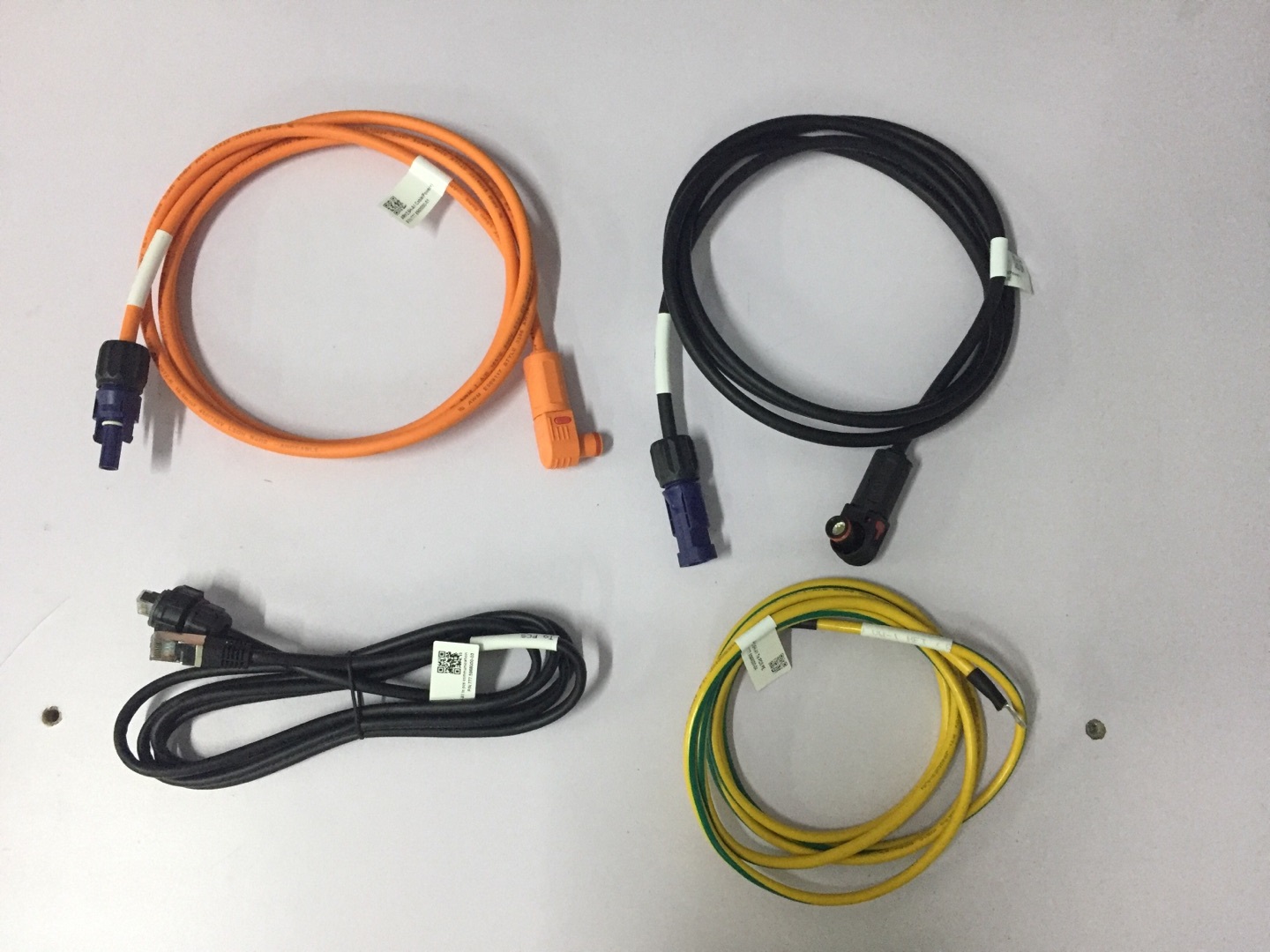
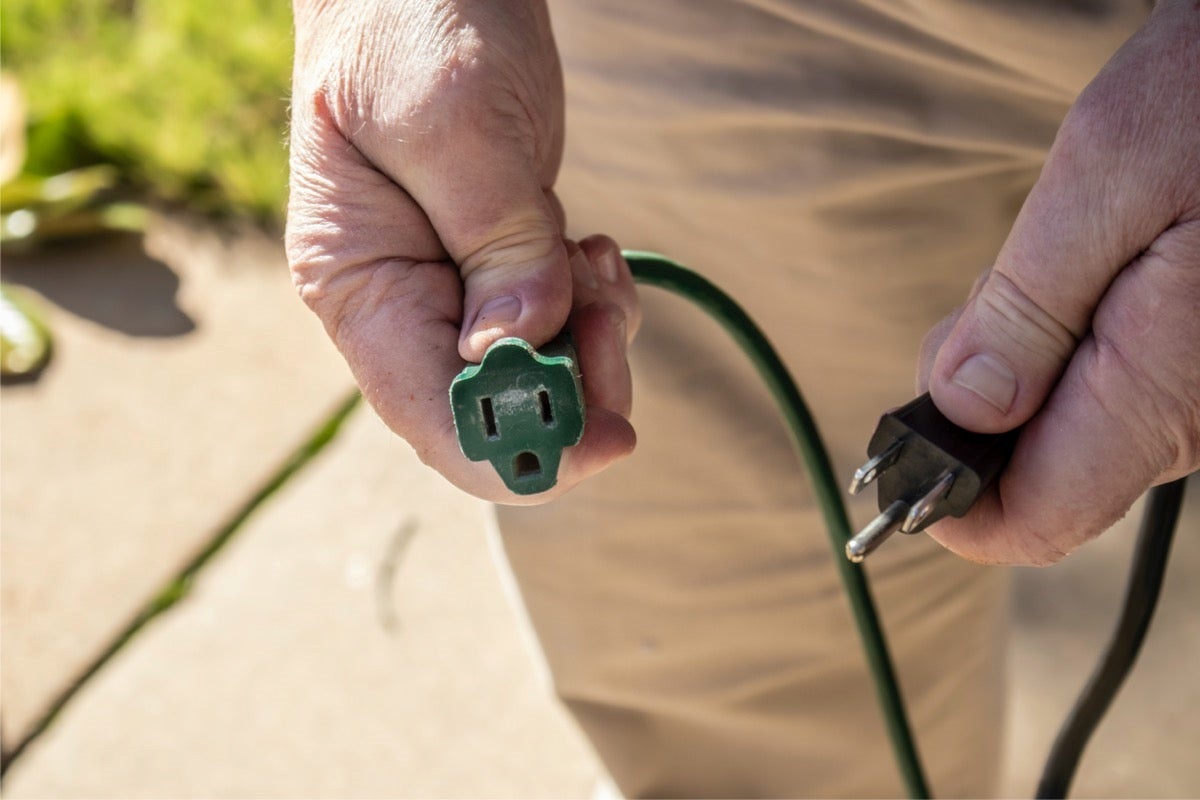
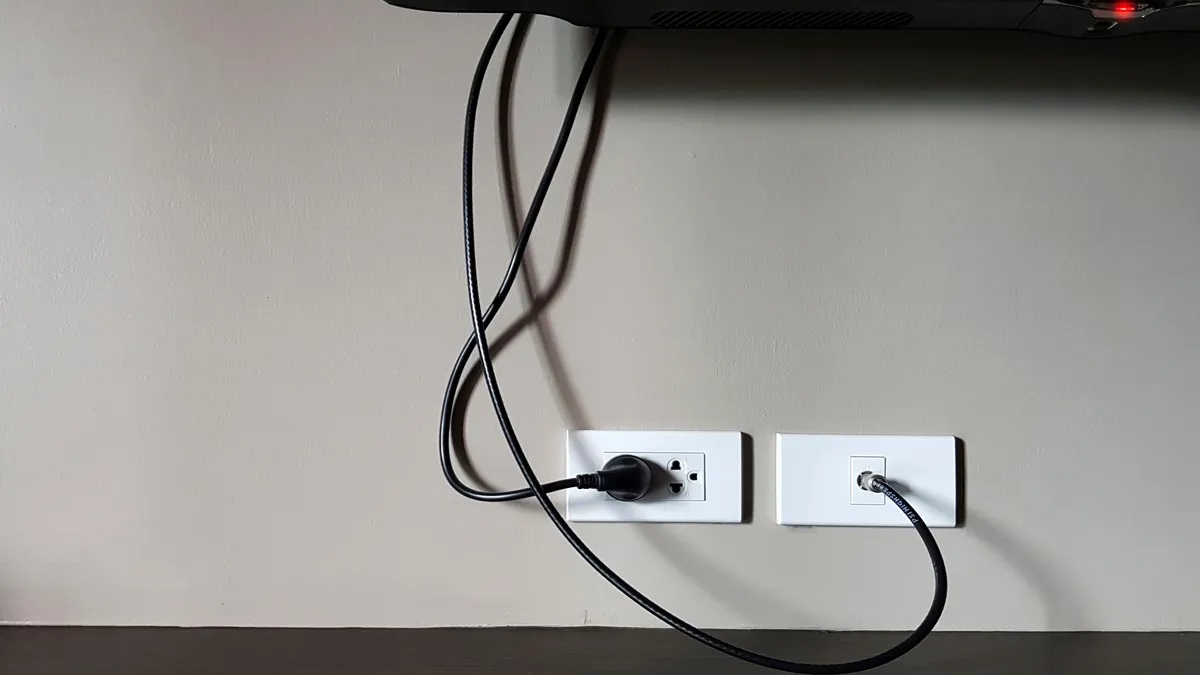

0 thoughts on “What To Do If An Electrical Cord Gets Wet”